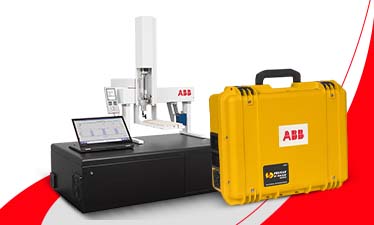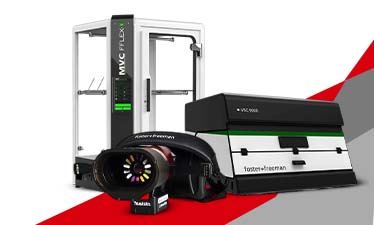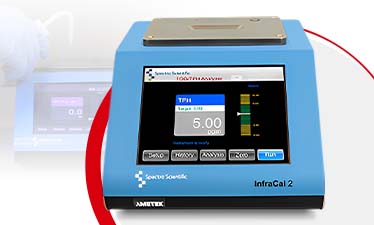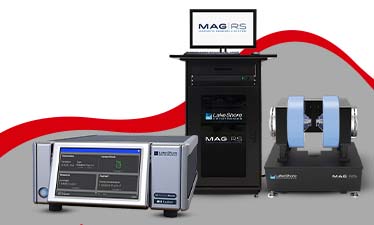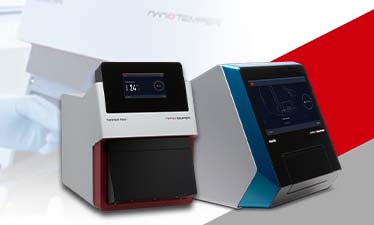All You Need to Know About Probing Stations
Probing stations are noted among the well-established tools for testing circuits and instruments on silicon wafers, open microchips and dies. With the use of a probe station, a user can position optical, electrical or RF probes onto a device and then test the reaction of that device to an external stimulus (electrical, optical or RF).
These tests can be simplified like checks or continuity, or can be more advanced involving fully functional tests of complex microcircuits. A probe station can conduct tests on a full wafer or after it has been sawn up into individual die. The testing done at a complete wafer level enables the manufacturer to test a device multiple times at different stages throughout the production process, and keep track of the assembly to identify any defects if present.
Continue to read till the end to find out more about Probing stations.
Probe Station Uses
Aside from wafer level testing, the probe stations also enable testing on individual die before final packaging. Probe stations have much use in the majority of R&D, failure analysis and product development where engineers require a high precision tool having flexible capabilities to conduct a range of tests on different areas of a device.
What sets a good probe station apart from an unsuitable one, is its ability to accurately control where those probes are placed on the device, the application of external stimulus and the environmental conditions that surround the device as the test takes place.
Basic Components of A Probing Station
A probing station includes mainly six basic components:
- Chuck – a device for holding the wafer or die without causing any damage to it.
- Manipulators – for positioning the probes on the device under test (DUT).
- Stage – for positioning the chuck in X, Y, Z and Theta (θ).
- Probe tips & arms – mounted onto the manipulator where they contact the device directly.
- Platen – for holding the manipulators and bringing the probes into contact with the device.
- Optics – for observing and magnifying the device under test and probe tips.
How Does a Probing Station work?
Probing stations hold a wafer or a die on a chuck mounted on a stage which enables the DUT to be positioned in the center of the field of view of the microscope. Manipulators are put on the planten’s planar surface, and insertion of probe arms and tips is done into the manipulators.
In order for the test programme to be carried out, the probe tips must be suitable for the test programme to be carried out. The user then accurately positions the probe tips on the appropriate areas within the device with the adjustment of the corresponding manipulator. The probes are then brought into contact with the wafer by lowering the platen; the device is now ready to be tested.
If you require more assistance for setting up a probing station then make sure to get in touch with the experts. For the best probing station purchase, look out for the best suppliers in the market.




